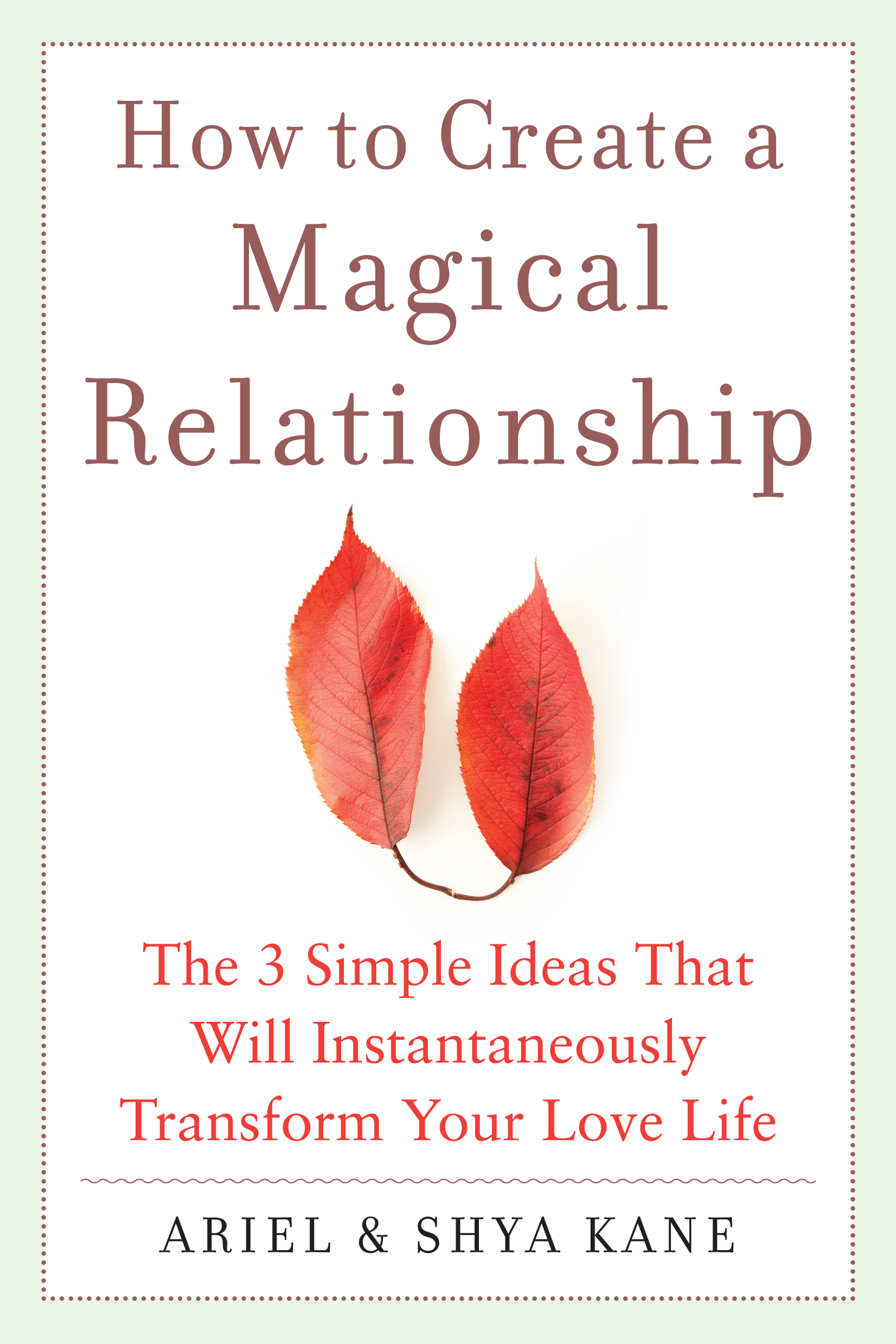The Importance of the WHY: Building Trust and Acceptance
When speaking to Nora Miller, President of Mississippi University for Women, on my...
Read Moreby Stephanie Duguid | Dec 7, 2023 | Empowerment, VoiceAmerica | 0 |
When speaking to Nora Miller, President of Mississippi University for Women, on my...
Read Moreby VoiceAmerica | Jan 31, 2020 | Empowerment | 0 |
A calmer mind can help you respond to stressful situations in a way that is less harmful to your...
Read Moreby VoiceAmerica | Nov 17, 2015 | 7th Wave | 0 |
11/18/15 – Go With The Flow If we are honest, most of us think we have more control over life than we actually do. Join Ariel & Shya Kane in Being Here and discover how to side step stress and frustration when events...
Read Moreby VoiceAmerica | Feb 16, 2015 | 7th Wave | 0 |
The Art of Listening An excerpt from How to Create a Magical Relationship, The Three Simple Ideas...
Read Moreby VoiceAmerica | Oct 12, 2014 | Business | 0 |
Do you find youâre constantly fighting fires in your daily business? Where are you leaking...
Read More




